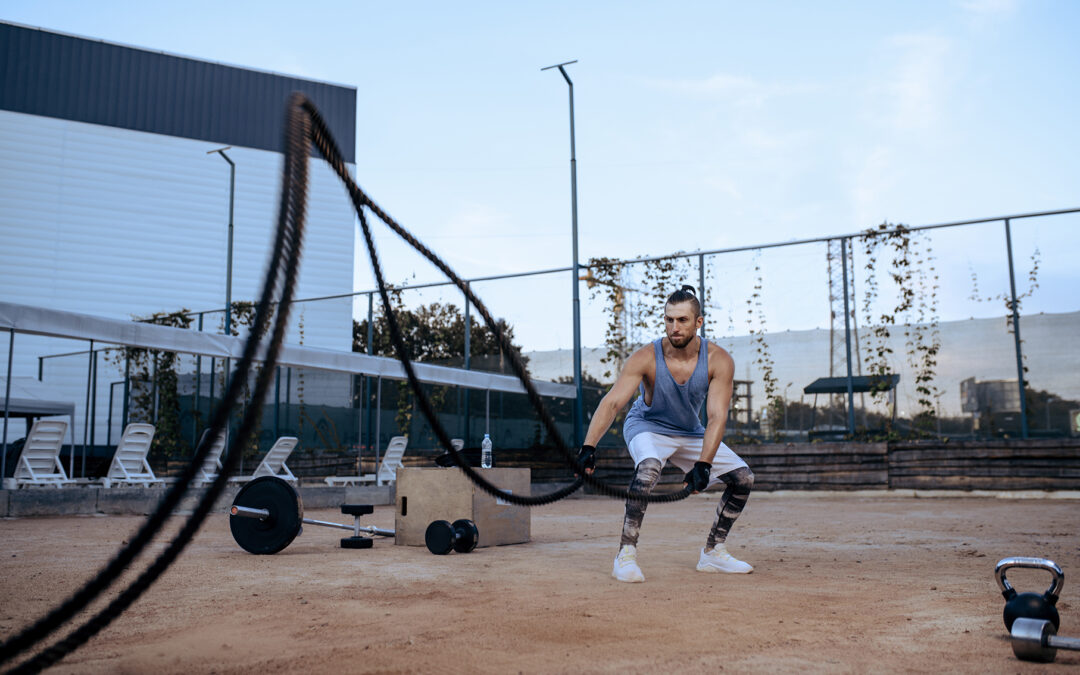Contents
One of the reasons why physical therapy is effective for so many people is because there are such a wide variety of treatment options. What might work for one person might not be as helpful for another. Since every patient is unique, it’s important that physical therapists understand when an alternative option is needed. If one doesn’t seem to be helping, they can pivot directions. For example, dry needling is a common physical therapy technique, but it isn’t always accessible.
Dry needling is an invasive physical therapy treatment that uses thin filament needles to help release pain in trigger points that may be impacting a person’s overall quality of life. However, dry needling isn’t legal for physical therapists to perform in every state. That’s why it can be helpful to learn about other physical therapy treatment options that have similar effects to dry needling.
We’ll start off by discussing the basics of dry needling before describing alternative physical therapy options that can still bring effectiver results. We’ll also go over how to determine which treatments are right for you and how Lattimore Physical Therapy can help you decide.
What does dry needling do?
As mentioned above, dry needling is a physical therapy treatment that involves the insertion of needles into trigger points. A trigger point refers to a muscle nodule, sometimes called a knot, that can become compressed. This can lead to referred pain, meaning that the pain is being felt in a different area than its source.
When the dry needle is inserted near the affected trigger points, it can stimulate a muscle spasm, causing the muscle to contract and release tension that’s resulting in pain and stiffness. It also works to increase blood flow to the area to accelerate the healing process.
Dry needling works to help alleviate symptoms associated with a variety of myofascial issues throughout the body, including:
- Lower back pain
- Shoulder and neck pain
- Achilles tendinitis
- Plantar fasciitis
- Tennis elbow
- Headaches
- Temporomandibular joint disorders
However, due to varied state restrictions at the time of writing this post, dry needling is illegal for physical therapists to practice in the following five states:
- New York
- California
- Hawaii
- Oregon
- Washington
The good news for physical therapy patients who live in those states is that you can still experience effects similar to dry needling with alternative treatment options, which we’ll cover in the next section.
5 physical therapy alternatives to dry needling
Even though dry needling can be effective for many chronic pain issues that stem from the fascia, the connective tissue throughout the body, there are other treatment options worth discussing with your physical therapist.
When we’re talking about the effects of dry needling, we’re referring to reduced muscle pain and stiffness for increased range of motion in the affected area. Those results can be accomplished through several other physical therapy techniques.
Here are five alternatives to dry needling that may have similar effects during physical therapy:
- Graston Technique® — Instead of needles, a physical therapist can use specialized stainless steel tools to soothe muscle tension. The Graston Technique is a treatment that involves a physical therapist using rounded instruments to break up soft tissue restrictions. It can help alleviate pain and increase mobility by relaxing the affected muscles. It can be an option for patients who are being treated for conditions such as lower back pain.
- Trigger point therapy — Dry needling works by focusing on the trigger points in the fascia. However, it’s not the only way to release these sensitive pain points. An alternative option to this approach is trigger point therapy, which is a type of manual therapy. Instead of using a filament needle, a physical therapist can use their hands to apply pressure to the trigger point in an effort to release it.
- Joint mobilization — When it comes to tight fascia that’s impacting the range of motion of your joints, such as in your shoulder, joint mobilization may be an effective alternative to dry needling. This manual therapy technique involves the physical therapist gently moving the joint in repeated movements. The goal is to loosen up the restricting tissue surrounding the joint that can lead to stiffness and reduced mobility.
- Ultrasound — A common pain management modality used by physical therapists is therapeutic ultrasound. It utilizes the power of heat waves and energy. The waves from the ultrasound wound are absorbed into the skin to increase circulation and decrease pain. It’s often used to accelerate the healing time for conditions or injuries such as tendinitis and muscle strains.
- Electrical stimulation — If you’ve sustained a soft tissue injury, such as tendinitis or a strained muscle in your lower back, your physical therapist may recommend using electrical stimulation. It involves sending gentle electrical pulses to the affected area. In a similar way to dry needles, the electricity causes the affected muscles to contract and release the painful tension. Along with reduced pain and stiffness, electrical stimulation also helps with muscular reeducation to restore affected motor skills.
As you can tell, many dry needling alternatives involve technology or hands-on techniques from your physical therapist. In addition, many people who are trying to alleviate myofascial pain will also benefit from therapeutic exercises. Your physical therapist will guide you through safe exercises that target the affected area for increased strength, flexibility and range of motion.
How to determine which dry needling alternative is right for you
While dry needling can be an effective option for many physical therapy patients, it’s important to discuss every possible course of action with your physical therapist, especially if they’re unable to perform it due to legal restrictions. They’ll walk you through the processes of each one and help you determine which option might be the best fit for you.
When you turn to physical therapy for treatment for medical conditions and injuries, you’re able to be an active participant in your treatment. You’re able to collaborate with your therapist to design a comprehensive treatment plan. You want to not only reduce your pain but also improve the overall quality of the affected area to reduce the risk of future issues. That means using more than one treatment option to optimize your results. Using one as your sole treatment isn’t likely to get the results that you’re looking for.
Here are some factors to consider when choosing a dry needling alternative:
- Severity of symptoms
- Location of pain
- Cause of issue
- Potential side effects
- Medical history
Lattimore Physical Therapy can help you find the best dry needling alternatives
At Lattimore Physical Therapy, we want to make sure that you’re being treated as safely and effectively as possible while still helping you achieve your physical therapy goals. Even though we don’t practice dry needling as a New York-based practice, our patients can still achieve similar results with less invasive treatments, such as ultrasounds and joint mobilization.
During your first appointment with us, we’ll perform an evaluation of your symptoms as well as the overall strength, flexibility and function of the affected area. We may also assess your movement patterns and gait, or your body’s position during movement, if they’re affected by your condition or injury.
Your physical therapist will combine the insight from your assessment with their own treatment knowledge to determine which PT treatment would work best for you. You’ll work together to create a personalized treatment plan specifically for your symptoms, needs and goals.
Contact our team today for more information or to schedule an initial appointment to discuss dry needling alternatives.



